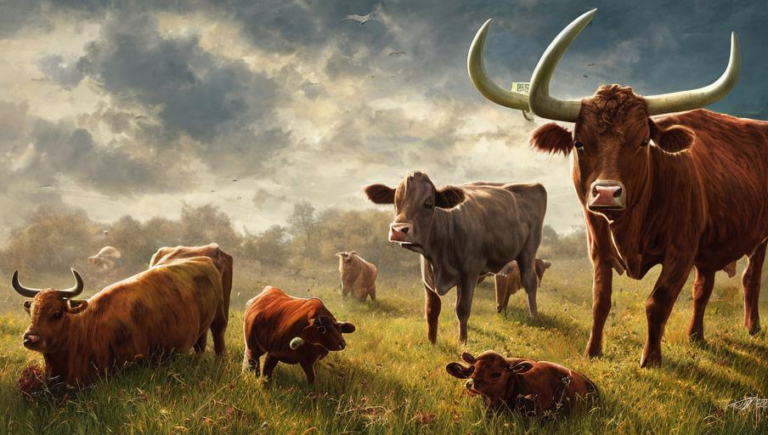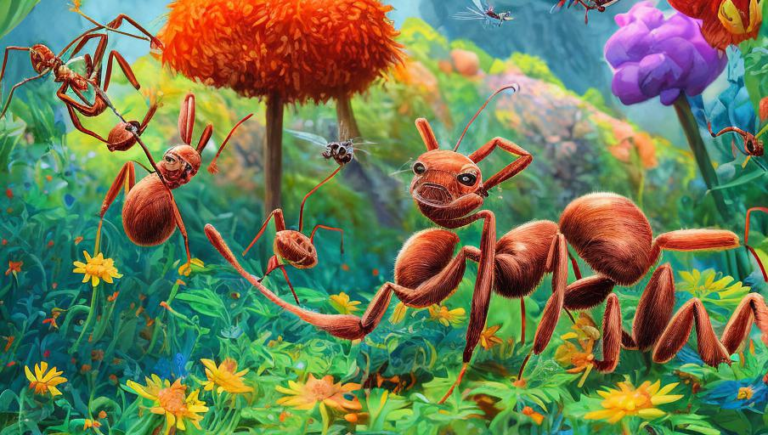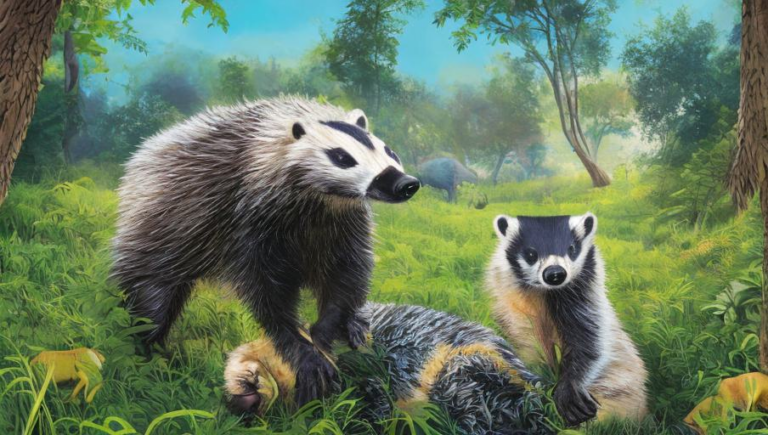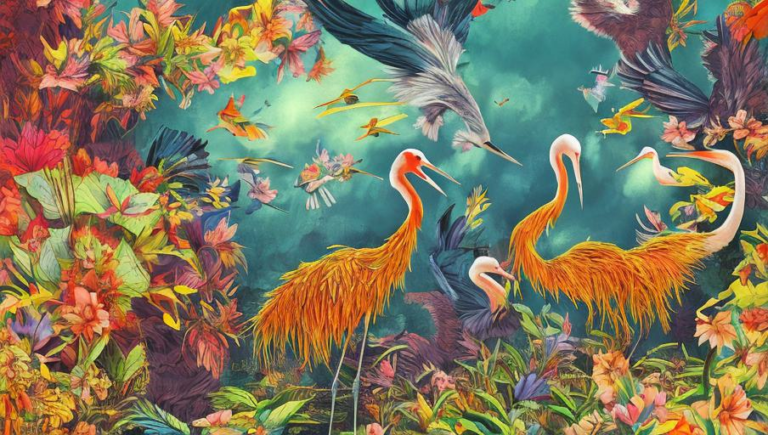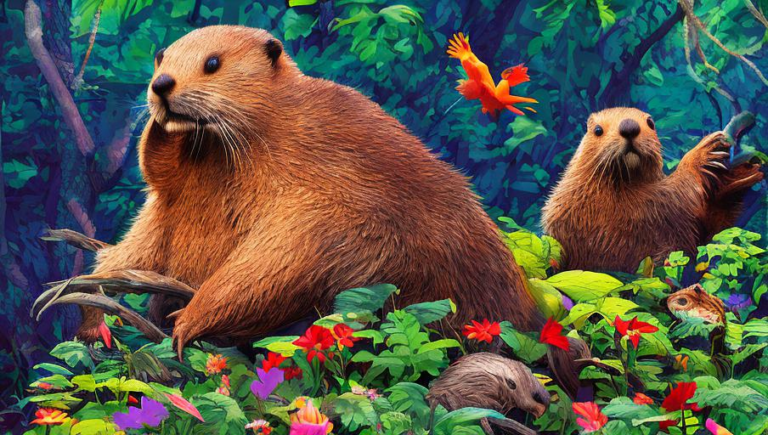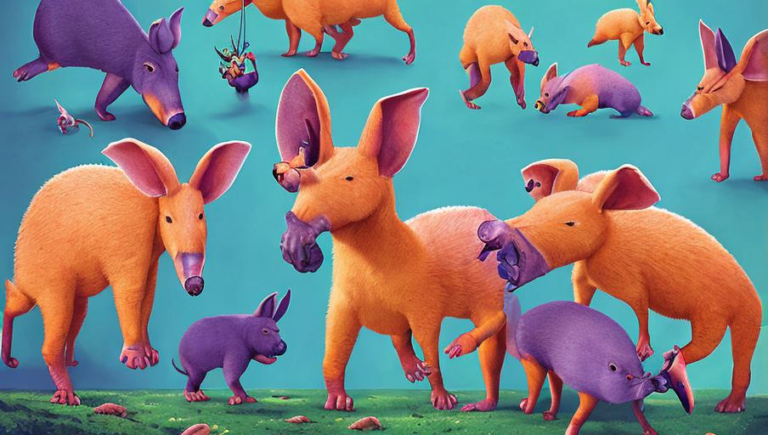A Look Into Alligator Reproduction
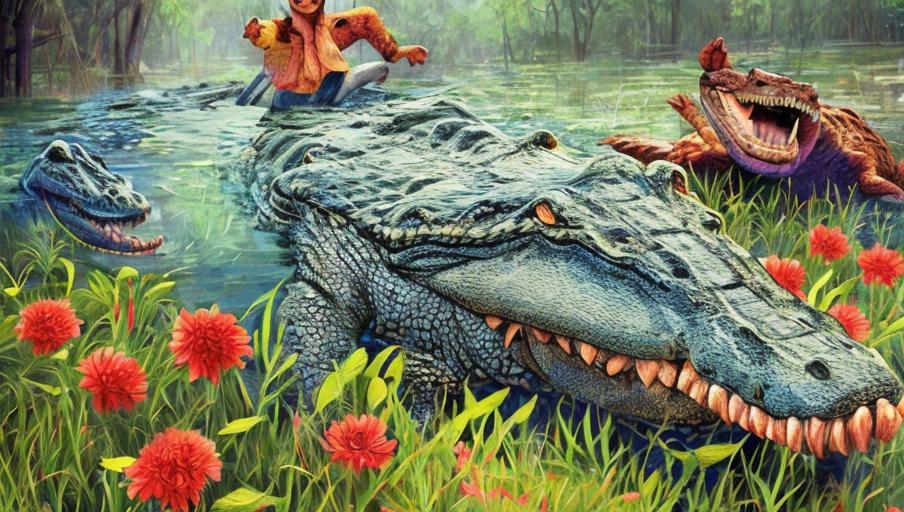
Introduction
Alligators are one of the most interesting and beloved creatures in the world. Their prehistoric look and ferocious behavior have made them a favorite amongst a wide range of people. But what do we know about how they reproduce?
Reproductive Cycle
Alligators have a complex reproductive cycle. During the spring, both male and female alligators will migrate from their normal habitats to the shallow waters of rivers and ponds. This is where the mating ritual begins. Males will bellow loudly in an attempt to attract a female. The female will then choose a mate and the mating process begins. Alligators mate for life and will stay together through the nesting season.
Nesting and Egg Laying
Once the mating season is over, the female alligator will search for a suitable nesting spot on the banks of the river or pond. She will then begin to build a large mound of mud, vegetation, and other debris. This mound is referred to as a “nest” and the female will lay her eggs inside the nest. A female alligator can lay anywhere from 20 to 80 eggs in a single clutch.
Incubation
Once the eggs have been laid, they must be incubated for approximately 60 to 65 days. During this period, the female alligator will stay close to the nest and defend it fiercely against any potential predators. The temperature of the nest is crucial to the success of the eggs hatching. If it is too cold or too hot, the eggs will not hatch and the entire clutch will be lost.
Hatching and Care of Young
Once the eggs have hatched, the female alligator will remove the young from the nest and transport them to the water. The female will then stay close to the young alligators and protect them from potential predators. The young alligators will remain close to their mother for the first few years of their life.
Conclusion
Alligators have a long and complex reproductive cycle. From the mating ritual to the hatching of the young, it is an amazing process to witness. Alligators are an important part of the ecosystem and their presence helps to keep the balance of nature in check.
